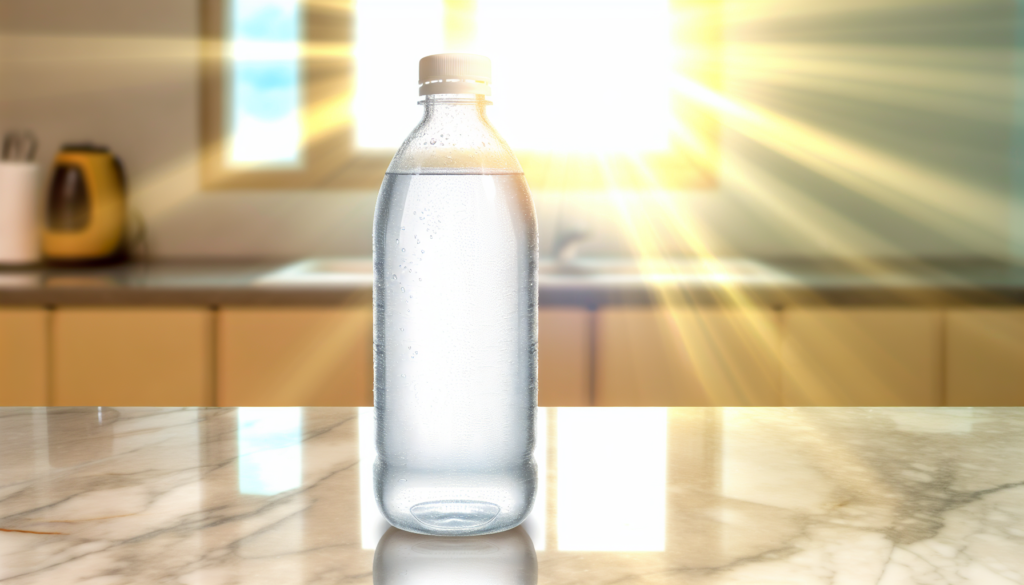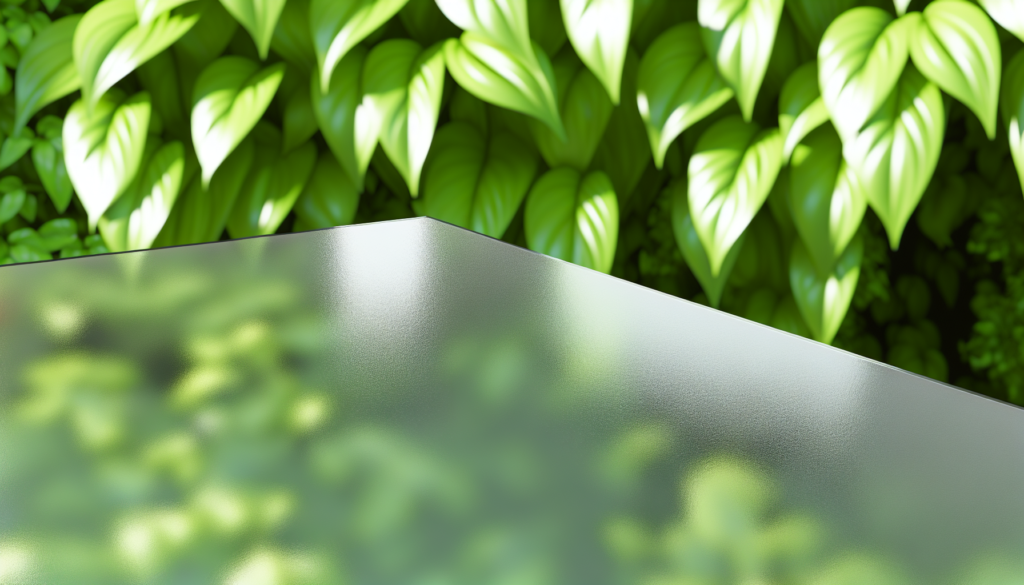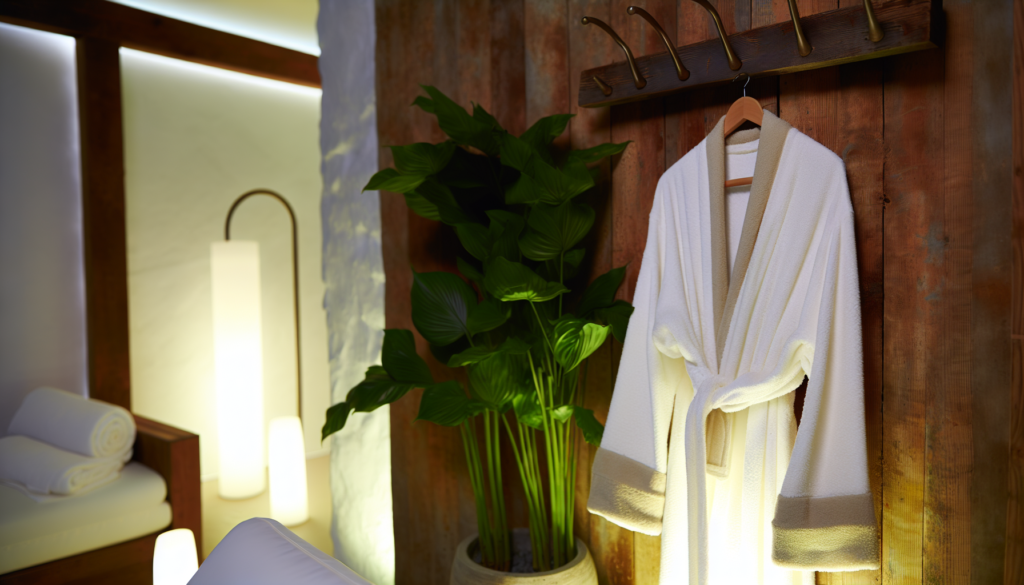Sun exposure has a way of creeping up on you. One minute, you’re basking in the warmth, and the next, you notice fine lines, dark spots, or that unmistakable dry, leathery texture. Whether it’s a summer-long tan that left behind pigment patches or years of incidental sun exposure finally catching up, the effects can feel frustrating. But here’s the good news—your skin is incredibly resilient. With the right care, damaged skin can be repaired, replenished, and even restored to a healthier state. The trick is knowing what actually works and what’s just wishful thinking.
Understanding Sun Damage: More Than Just a Tan Gone Wrong
Most people think about sun damage in terms of sunburn, but it’s way more than that. UV exposure causes:
- Collagen breakdown, leading to fine lines and sagging
- Hyperpigmentation, AKA those dark spots that won’t fade
- Dehydration, making skin feel rough and tight
- Increased risk of skin conditions, including cancer
Even if you’ve been religious about sunscreen recently, past damage can still linger if you weren’t as careful in your younger years. The skin has a memory, and every burn or unprotected day out adds to the cumulative effect. That’s why addressing sun damage isn’t just about improving your skin’s immediate appearance—it’s about long-term health, too.
Step 1: Gentle Exfoliation to Kickstart Renewal
Dead skin buildup can make damage appear even worse. A gentle exfoliation routine helps your skin slough off those damaged surface cells so healthier, fresher skin can take their place. But not all exfoliators are created equal.
What Works?
Chemical exfoliants like alpha-hydroxy acids (AHAs) and beta-hydroxy acids (BHAs) tend to be gentler and more effective for sun-damaged skin than harsh scrubs. Look for:
- Glycolic acid for brightening
- Lactic acid for gentle hydration
- Salicylic acid if you deal with breakouts
Physical scrubs can sometimes cause micro-tears, especially if your skin is already compromised. If you love a scrub, stick with something ultra-fine and use it sparingly.
Step 2: Hydration—Because Dehydrated Skin Can’t Heal
Too much sun strips your skin of moisture, leaving it feeling dry, tight, and sometimes even flaky. And no, just drinking more water won’t fix it—your skin needs topical hydration, too.
Key Ingredients to Look For
Hydrating ingredients help replenish lost moisture and strengthen your skin’s natural barrier. Some of the best options include:
- Hyaluronic acid—a moisture magnet that plumps up dry skin
- Glycerin—a humectant that pulls in hydration
- Ceramides—essential for repairing the skin barrier
- Aloe vera—soothing and anti-inflammatory
Layering a hydrating serum under your moisturizer helps trap in hydration and keeps your skin from feeling parched throughout the day.
Step 3: Antioxidants for Fighting Future Damage
Sun damage doesn’t stop after you’re out of the sun. UV exposure triggers free radicals—unstable molecules that continue breaking down collagen and causing inflammation long after you’ve stepped inside. That’s where antioxidants come in.
The Most Effective Antioxidants for Repair
- Vitamin C—Brightens and neutralizes free radicals
- Vitamin E—Supports skin healing and pairs well with vitamin C
- Niacinamide—Helps fade dark spots and strengthens the skin barrier
- Green tea extract—Calms redness and provides extra UV protection
Adding an antioxidant serum to your morning routine helps defend against further damage while encouraging existing repairs.
Step 4: Retinoids—Your Secret Weapon for Collagen Repair
If there’s one ingredient that dermatologists swear by for reversing sun damage, it’s retinoids. Retinol (the gentler, over-the-counter version) and prescription-strength retinoids work by speeding up cell turnover and stimulating collagen production.
How to Use Retinoids Without Irritation
Retinoids can be strong, so if you’re new to them, start slow:
- Use them only 2-3 times a week at first
- Apply a pea-sized amount after cleansing
- Follow up with a moisturizer to minimize dryness
- Always wear sunscreen the next day (retinoids make skin more sun-sensitive)
After a few weeks, once your skin adjusts, you can use them more frequently for better results.
Step 5: Never Skip SPF—Even on Cloudy Days
Repairing sun damage is pointless if you let new damage pile on. The number one rule? Daily SPF, no exceptions.
Choosing the Right Sunscreen
Look for:
- Broad-spectrum SPF 30 or higher (for UVA & UVB protection)
- Mineral sunscreens with zinc oxide if you have sensitive skin
- Lightweight, non-greasy formulas that work under makeup
- Bonus antioxidant ingredients for extra protection
And yes, even if you’re just running errands or sitting by a window, UV rays can still reach your skin. A good sunscreen habit makes all the difference.
Final Thoughts: Consistency Wins the Race
Sun damage doesn’t disappear overnight, but with the right approach, your skin can look and feel healthier over time. The key is consistency—think of it as training for better skin, one day at a time. Exfoliate gently, keep your skin hydrated, load up on antioxidants, use a retinoid if your skin tolerates it, and never skip SPF. Your skin’s already incredible at healing itself—you just have to give it the right tools.
And hey, if your skin is feeling extra rough, an occasional professional treatment (like a chemical peel or laser therapy) can give it a powerful reset. At the end of the day, the goal isn’t just reversing damage—it’s keeping your skin healthy and resilient for the long run.







